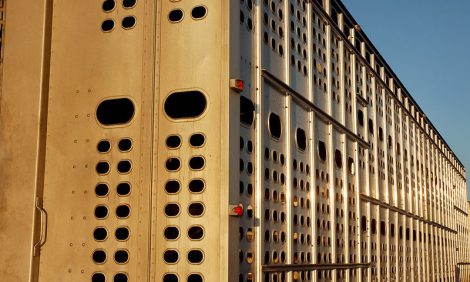



Preventing Lameness in First Lactation Heifers
UK - Lameness in first lactation heifers leads to an increased lifetime susceptibility, so prevention is essential.Roger Blowey, a specialist in cattle health and production, speaking in a presentation during the London Vet Show, said that there are not a high number of incidents of foot lesions in first lactation heifers.
However, what happens to these animals will have a significant longer term effect on their potential lameness over the rest of their lives.
Dr Blowey said that traditionally investigations into lameness in cattle have looked at the risks on the farm, such as standing times, the comfort of the cubicle and diet, to assess the importance of the development of foot lesions.
But he said that first lactation animals are particularly susceptible because they have a poorly developed digital cushion, and if they are in poor body condition, or if they lose weight after calving, their lameness risk increases.
He said that changes at calving bring on increased laxity of the pedal bone, which increases the risk of hoof lesions.
This in turn will mean that if the pedal bone develops changes, the animal is at greater risk of developing lameness for the rest of its life.
Dr Blowey also added that a heifer that develops digital dermatitis before calving is more than four times more likely to become lame with digital dermatitis in the following lactation.
He said that there are a number of measures that can be taken both pre- and post-calving to reduce lameness in first lactation heifers and reduce lameness in the herd overall.
He told the seminar that foot bathing before calving will help to reduce the development of digital dermatitis.
Maintaining adequate body condition, avoiding weight loss and maximising comfort and lying times after calving with reduce the risk, while identifying impaired mobility early on and taking prompt action to treat the condition will also help to reduce potential long-term problems.



